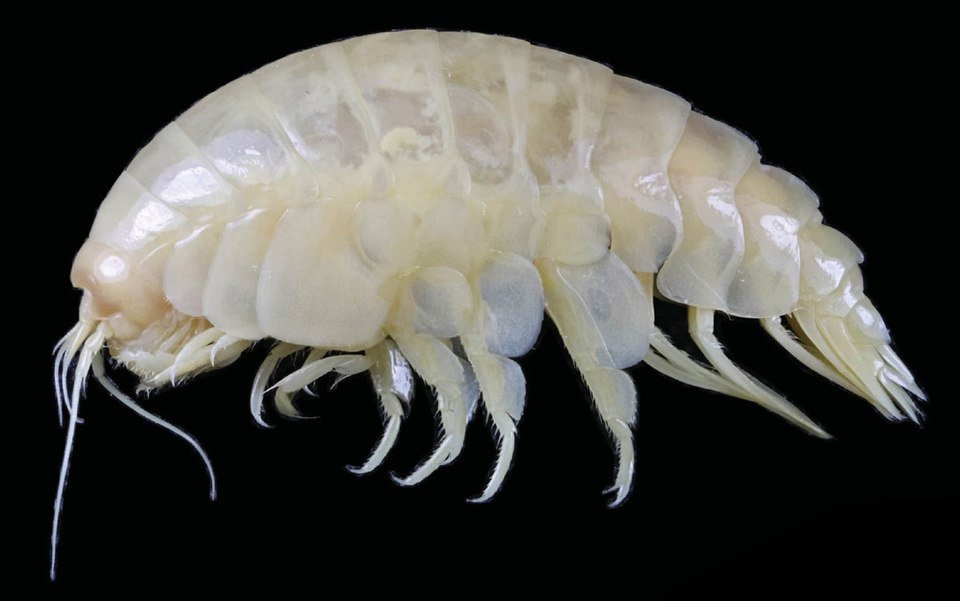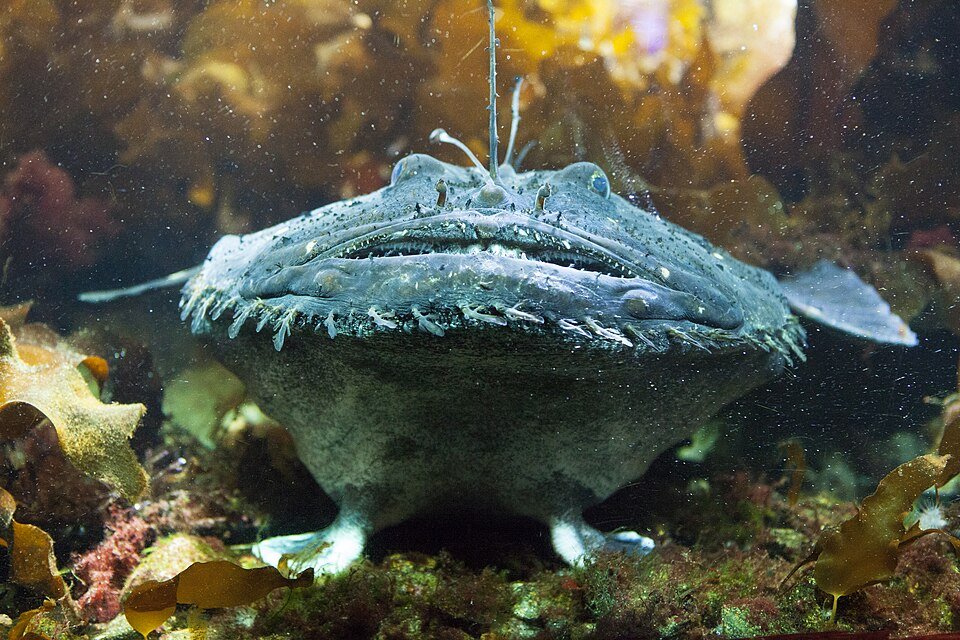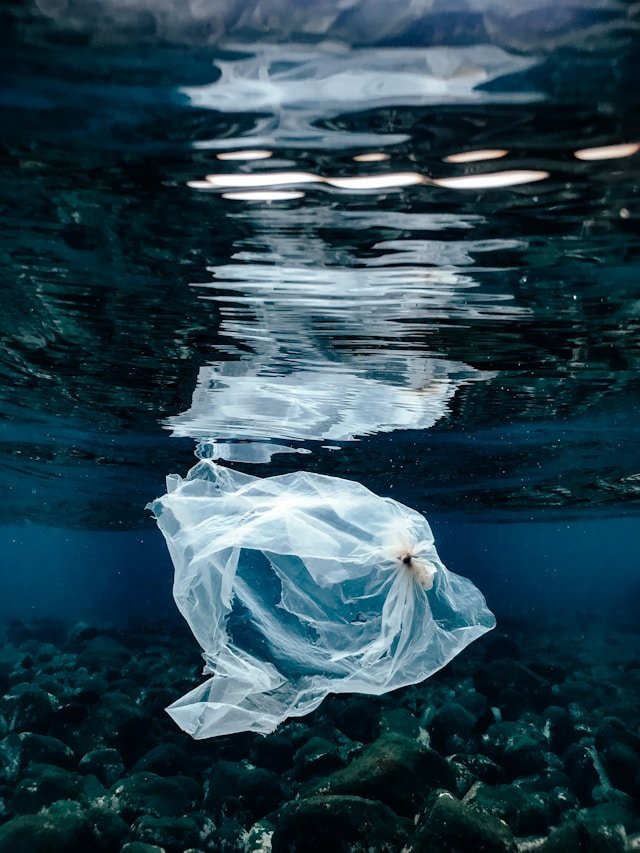A little over 200 miles from civilisation in the western Pacific Ocean, lies a trench deeper than the height of Mount Everest – the Mariana Trench. Fewer than 30 human expeditions have ventured to these depths over the past 60 years. But despite how rarely we visit, our waste has beaten us there. Plastic waste has infiltrated this remote location and items have been recorded even at this extreme depth.
That is not the only place though. During a recent expedition to Calypso Deep, located more than 5 km deep of the Mediterranean Sea, scientists found plastic shopping bags and cups. According to EU Commission Joint Research Centre, an astonishing 26,715 litter items per square kilometre were found, with plastics accounting for 88% of the identified litter items. Alarm bells are ringing as to the sheer extent of human impact on the most remote and extreme marine environments.
From bioluminescence to bioaccumulation
Deep seas are stable environments and therefore sensitive to change. These places are dark, cold, have high pressure and low nutrients. The introduction of microplastics will be catastrophic for species down there. Bottom-dwelling species such as corals, sea cucumbers and octopuses will take the brunt of our plastics invading their deep sea homes. Since most of these ecosystems remain poorly understood and difficult to monitor, we are unlikely to ever truly see the full extent of the damage.
Anglerfish are deep sea predators known for the glowing “lure” that dangles in front of their heads. They use this to attract unsuspecting prey in the pitch-black ocean. But here’s the twist, it’s not the fish doing the glowing, its tiny bacteria living inside the lure. These glow-in-the-dark bacteria are essential for the anglerfish’s hunting success. Unfortunately, microplastics floating down into the deep can interfere with these bacteria, dimming the light shown and making it harder for anglerfish to catch dinner. And that’s not all, these plastics often contain toxic chemicals like BPAs, which are endocrine disrupters and can mess with the hormones of marine animals. Even in the darkest depths, plastic is throwing a wrench to nature’s natural glow.
Amphipods have guts full of plastic
 Meet the amphipod, a certain crusty creature that happens to call the Mariana Trench their home. An important food source for many species from crab to squid. A study found 100% of amphipods tested from the Mariana Trench contained microplastics fibers in their guts.
Meet the amphipod, a certain crusty creature that happens to call the Mariana Trench their home. An important food source for many species from crab to squid. A study found 100% of amphipods tested from the Mariana Trench contained microplastics fibers in their guts.
These plastics can cause internal blockages, malnutrition, and chemical exposure. This is one of the most important as well as dominant fauna in the deep sea. Over time, this could disrupt the food web from the bottom up, affecting not just amphipods, but everything that depends on them.
Out of sight, but not untouched
The deep sea presents a challenge in generating social and political momentum for its conservation. It remains largely out of sight and, too often, out of mind. Yet, despite its remoteness, it is not untouched. Microplastics, chemical pollutants and human activity are reaching even the deepest trenches, impacting fragile ecosystems and species we’ve barely begun to understand. If we continue to ignore these depths, we risk losing vital parts of Earth’s biodiversity before we ever truly discover them. Protecting the deep sea isn’t just about saving what’s below, it’s about taking responsibility for the waste we leave behind, no matter how deep it sinks.
Time to blow our own trumpet! At GreenSeas Trust we collect over 1 million plastic bottles with our innovative BinForGreenSeas. It might seem like a small pebble making big waves, but it’s a significant start. Let’s work together to protect our oceans.


